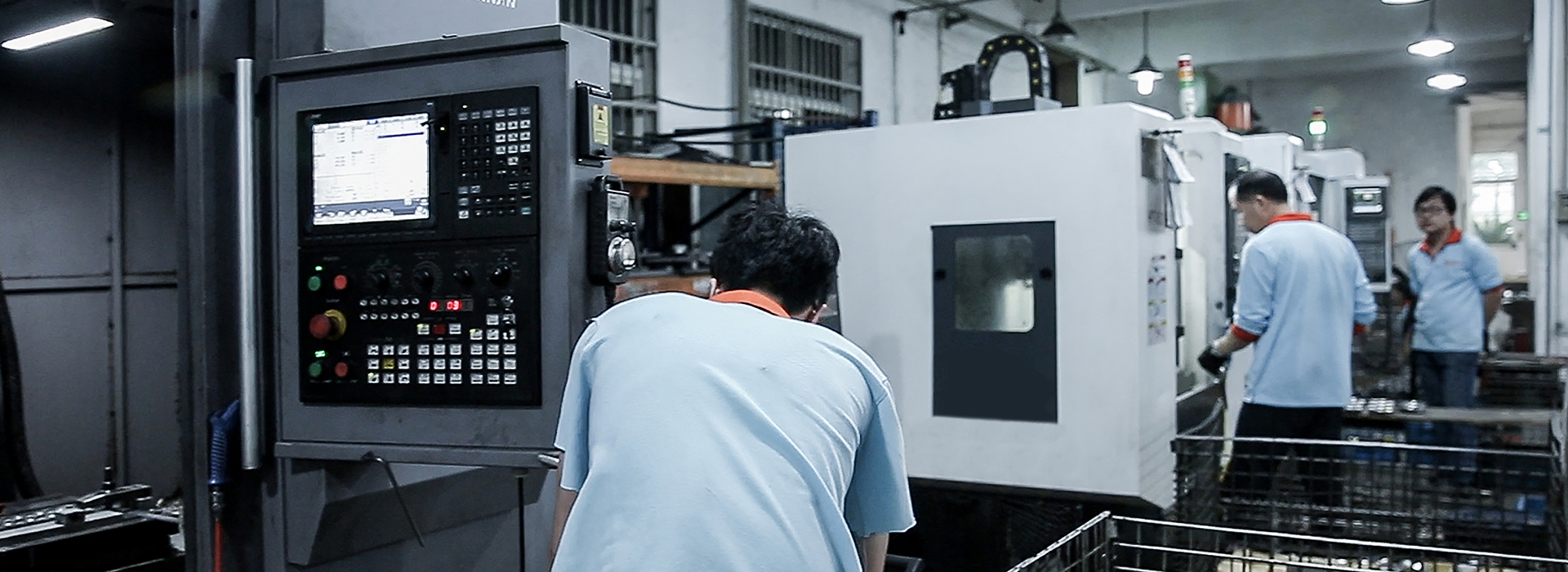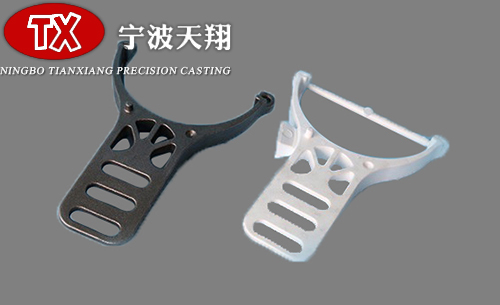
Liquid penetrant inspection is used to inspect all kinds of open defects on the casting surface, such as surface cracks, surface pinholes other defects that are difficult to be found by naked eyes. The commonly used penetrant inspection is dye detection. It is to wet spray the colored (generally red) liquid (penetrant) with high permeability on the surface of the casting. The penetrant penetrates into the opening defect, quickly erases the surface penetrant layer, then spray the easy to dry display agent (also called developer) on the surface of the casting. The penetrant remaining in the opening defect is to be sucked out After coming, the indicator will be dyed to reflect the shape, size distribution of defects. It should be pointed out that the degree of penetrant testing decreases with the increase of the surface roughness of the tested material, that is, the more light the surface is, the better the detection effect is. In addition to dye detection, fluorescent penetrant detection is also a commonly used liquid penetrant detection method. It needs to be equipped with ultraviolet light for irradiation observation, the detection sensitivity is higher than dye detection.
Eddy current testing
Eddy current testing of tee pipe EPC ductile iron casting supplier is applicable to defects below the inspection surface which are generally no more than 6-7mm deep. Eddy current testing can be divided into two types: placement coil method through coil method. When the quoted test piece of carbon steel casting is placed near the coil with alternating current, the alternating magnetic field entering the test piece can sense the current (eddy current) flowing in eddy current in the direction perpendicular to the exciting magnetic field in the test piece. The eddy current will produce a magnetic field opposite to the exciting magnetic field, the aluminum alloy die casting wholesale will reduce the original magnetic field in the coil, thus causing coil resistance Changes in resistance. If there are defects on the surface of casting, the electrical characteristics of eddy current will be distorted, so as to detect the existence of defects. The main disadvantage of eddy current testing is that it can directly display the size shape of the detected defects, generally it can only determine the location depth of the defects on the surface, in addition, its detection sensitivity for small open defects on the workpiece surface is as good as that of penetrant testing.
Magnetic particle testing
Magnetic particle testing of aluminum alloy die casting manufacturers is suitable for testing surface defects defects several millimeters deep below the surface. It requires DC ( AC) magnetization equipment magnetic particle ( magnetic suspension liquid) to carry out testing operations. Magnetizing equipment is used to produce magnetic field on the inner outer surface of casting, magnetic powder magnetic suspension liquid is used to display defects. When a magnetic field is generated in a certain range of castings, the defects in the magnetized area will generate a magnetic leakage field. When the magnetic powder suspension is applied, the magnetic powder is attracted, so that the defects can be displayed. The defects shown in this way are basically the defects of the transverse magnetic field line, but the long strip defects parallel to the magnetic field line can be shown. Therefore, the magnetization direction needs to be constantly changed during operation to ensure that the defects in the unknown direction can be detected.
